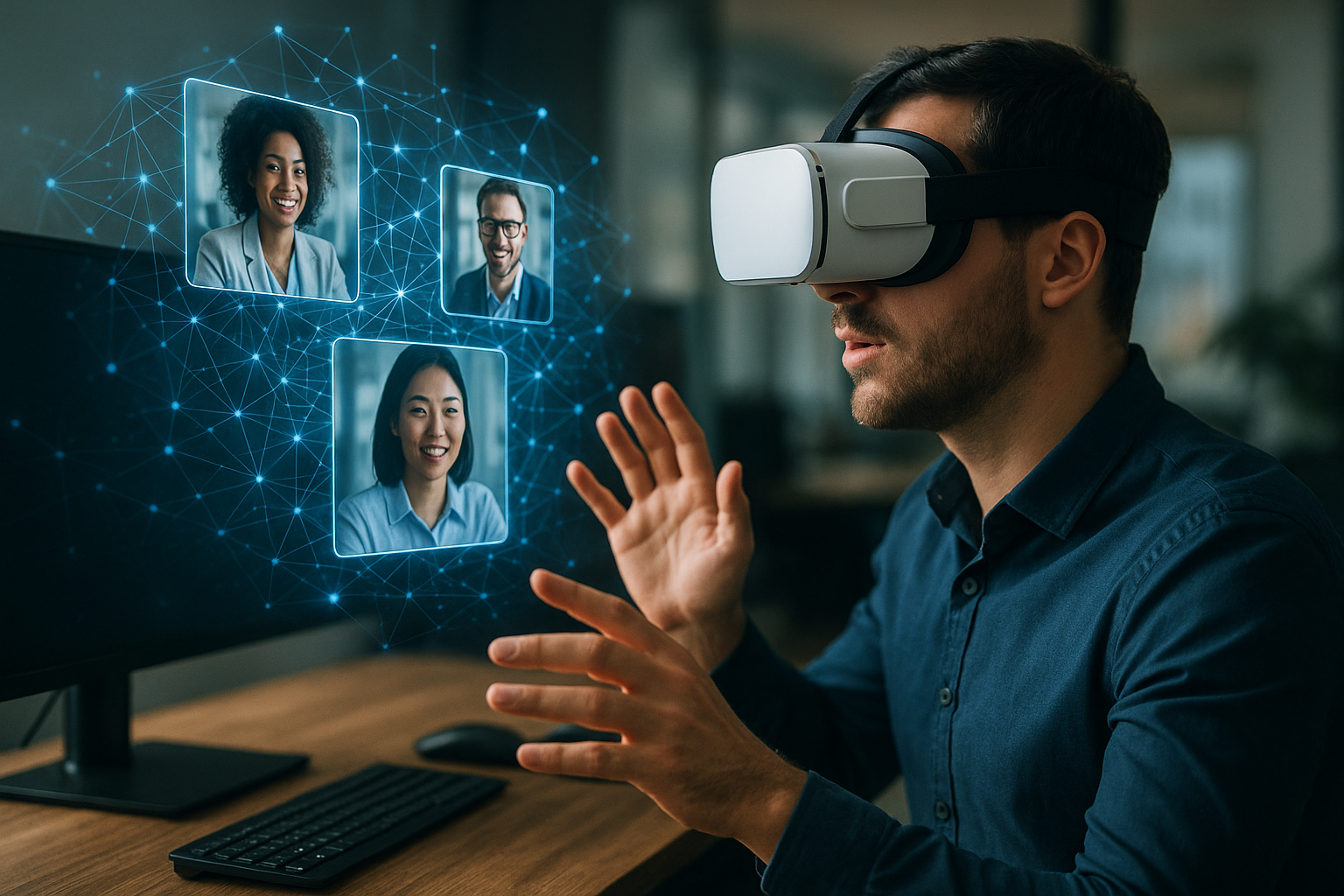Reinventing Telecommunications: The Rise of Virtual Reality in Connectivity
Virtual reality (VR) has long been perceived as the exclusive domain of the gaming industry, but in recent years, we've seen this technology transcend the boundaries of entertainment. One of the most fascinating applications of VR is in the realm of telecommunications, where it's poised to redefine our interaction with the digital world and reshape the future of connectivity. This article delves into the journey of virtual reality in telecommunications, its potential impact, and the challenges that lie ahead.

The Journey of Virtual Reality in Telecommunications
Virtual reality came into being in the late 1960s, with the invention of the first VR system, The Sword of Damocles, by Ivan Sutherland and his student Bob Sproull. However, it wasn’t until the 21st century that VR began to infiltrate the telecommunications industry. The advent of high-speed internet and advanced data processing capabilities has paved the way for VR to move beyond gaming to become a powerful tool for communication. Today, telecom companies are exploring VR to provide immersive communication experiences that could revolutionize the way we connect.
The Current Scenario: Virtual Reality in Telecommunications
The integration of VR into telecommunications is opening up new avenues for connectivity. Telecommunication companies are now leveraging VR to deliver immersive experiences, such as virtual meetings and conferences, which mimic real-life interactions. This technology has the potential to transform remote work by fostering a sense of presence and engagement that traditional video conferencing fails to capture.
Moreover, the telecom industry is exploring VR for training purposes. By immersing employees in a realistic virtual environment, companies can provide hands-on training experiences without the associated costs and risks.
The Impact of VR on Telecommunications
The incorporation of VR in telecommunications could significantly alter the way we communicate. By enabling immersive, interactive experiences, VR has the potential to make digital communication more human. It could bridge the emotional gap often felt in remote interactions, making them more engaging and personal.
VR could also revolutionize education and training in the telecom sector. By providing a realistic, risk-free environment, VR can provide telecom professionals with practical experience and skills, thereby enhancing their performance and productivity.
The Challenges Ahead
Despite its promising potential, the integration of VR into telecommunications is not without challenges. The technology requires high-speed, low-latency internet, which is not universally available. Moreover, the high cost of VR equipment could limit its adoption.
Furthermore, there are concerns about the potential health effects of prolonged VR use, including eye strain and motion sickness. Ensuring user safety while providing an immersive experience is a critical challenge that needs to be addressed.
Concluding Thoughts
The emergence of virtual reality in telecommunications is a testament to the industry’s relentless pursuit of innovation. While there are challenges to overcome, the potential benefits of VR — from immersive communication to effective training — make it a compelling area of exploration. As the telecom sector continues to evolve, it will be fascinating to observe how VR shapes the future of connectivity.






